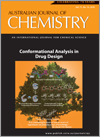
Australian Journal of Chemistry
Volume 71 Number 12 2018
CH18416Imaginative Order from Reasonable Chaos: Conformation-Driven Activity and Reactivity in Exploring Protein–Ligand Interactions
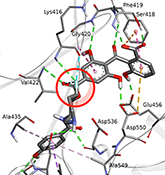
This account summarises the approach of conformationally coupled diversity-oriented synthesis (CDOS) for enhancing specificity in ligand–protein interactions. Stereospecific fluorination of natural product fragments produces new synthons for tuning the conformational dynamics of bioactive leads. This integrated chemical and conformational perturbation can differentiate highly homologous protein active sites by combined chemical and conformational effects.
CH18282Adsorption of PtCl62− from Hydrochloric Acid Solution by Chemically Modified Lignin Based on Rice Straw
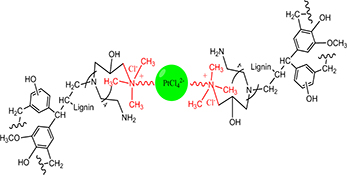
A novel adsorbent was used to adsorb PtCl62−. The saturation adsorption capacity was 218.8 mg g−1 and the equilibrium adsorption time was 120 min. The adsorption fitted well with the Langmuir isotherm model and pseudo-second-order kinetics model. The adsorption mechanism indicated that PtIV was reduced to PtII and then coordinated with N.
CH18419Synthesis of Lanthanoid Complexes from Ln2O3 and Diatrizoic Acid
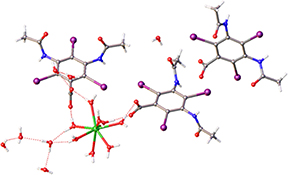
We present a pathway to synthesize diatrizoate lanthanoid complexes directly from Ln2O3 and diatrizoic acid (DTAH) at room temperature, yielding [Ln(H2O)8][DTA]3. The compounds crystallized from DMSO have the formula [Ln(DMSO)4(H2O)4][DTA]3.DMSO whereas the compound obtained solely from water has the formula [Dy(H2O)8][DTA]3.7H2O.
CH18302A Highly Sensitive and Label-Free Microbead-Based ‘Turn-On’ Colorimetric Sensor for the Detection of Mercury(II) in Urine Using a Peroxidase-Like Split G-Quadruplex–Hemin DNAzyme
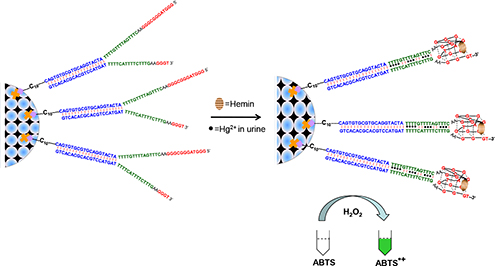
A highly sensitive and selective microbead-based ‘turn-on’ assay has been developed for the detection of Hg2+ in urine based on the Hg2+-mediated formation of intermolecular split G-quadruplex–hemin DNAzymes. The detection limit is 0.5 pM. The method can be easily extended to the analysis of other metal ions in real samples.
CH18391C60 as Electron Acceptor and Donor: A Comparative DFT Study of Li@C60 and F@C60
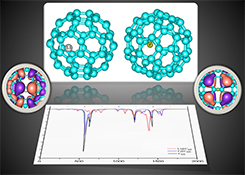
The structure of fullerene is equally influenced by either trapping of Li or F atoms making a minor change in bond distances as analyzed by the DFT approach. The charge transfer analysis shows that the C60 is a better electron acceptor than electron donor which is further supported by the dipole moment and binding energy values.
CH18320Numerical Simulation of the Droplet Formation in a T-Junction Microchannel by a Level-Set Method
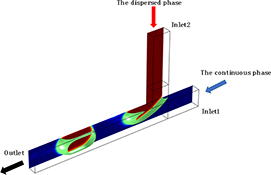
The formation mechanism and effects on the size of droplets in a T-junction were successfully investigated by numerical simulation. The results show that the effective droplet diameter increases when the flow rate ratio and the interfacial tension increase, and it decreases when the continuous phase viscosity and the contact angle increase.
CH18360The Transfer Direction of Photogenerated Electrons in BaTiO3/TiO2 and CaTiO3/TiO2
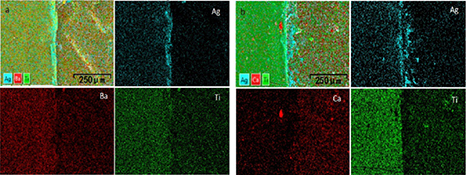
TiO2 is the centre of attraction of many photocatalysts and is often combined with other semiconductors to expand the photocatalytic activity. Researchers use the theory of interparticle electron transfer (IPET) to interpret the enhancement of photoactivity. The recently reported direction of photogenerated electron transfer is coincident with the semiconductor physical principles, not IPET.
CH18207para-Hydroxy Thiophenol-Coated CdSe/ZnS Quantum Dots as a Turn-On Fluorescent Probe for H2O2 Detection in Aqueous Media

A quantum dots-based fluorescent probe obtained via ligand exchange by the use of commercially available p-hydroxy thiophenol as capping ligand was developed to detect H2O2 in aqueous media. The probe working in photoluminescence ‘off-on’ mode exhibited good H2O2 detection performance in real water samples.
CH18287An Adeninate-Based Metal–Organic Framework for Antitumour Drug Delivery and Anti-Osteogenic Sarcoma Activity Evolution
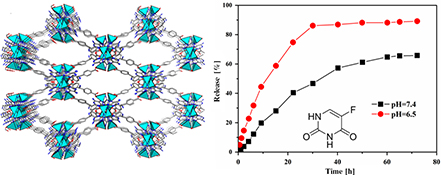
A new zinc-based porous metal–organic framework (MOF) has been successfully prepared under solvothermal conditions. Due to its suitable channel size and good stability in biological buffer solutions, compound 1 has been used as a carrier for loading the anticancer drug 5-fluorouracil though a simple adsorption process. The drug-loaded MOF demonstrates a physiological pH responsive drug release.
CH18362Reverse Micro-Emulsion Synthesis of Oxygen-Enriched Low-Friction Boron Nitride/Calcium Borate Microspheres
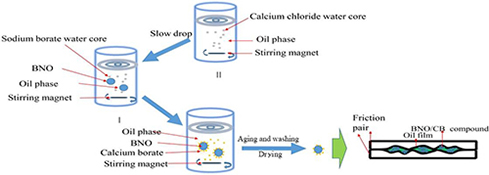
Strawberry-like core–shell nanostructured oxygen-enriched boron nitride microsphere/calcium borate (BNO/CB) nanocomposites were synthesised by a reverse micro-emulsion method. Sliding friction is transformed into rolling friction with the addition of the nanocomposites and excellent friction reduction and antiwear properties can be obtained.



